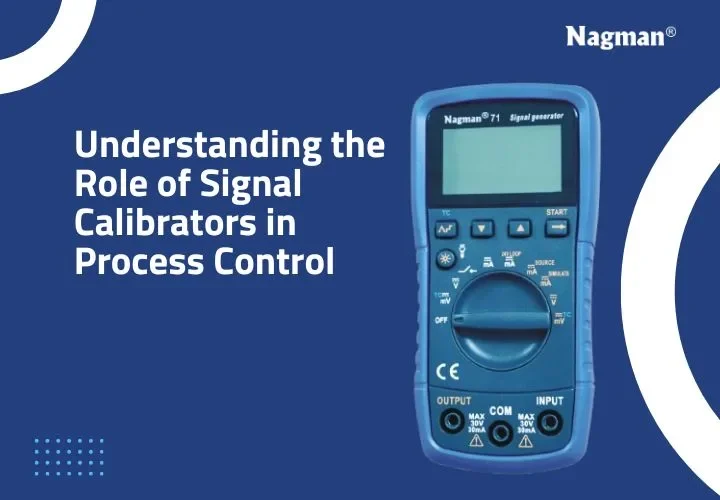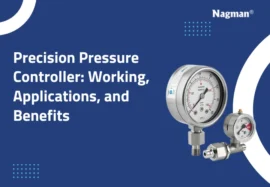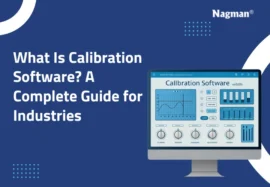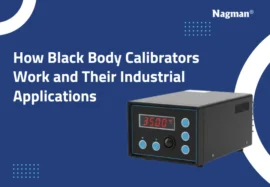In the industrial era of automation, process control systems must be accurate and reliable. Regardless of whether it is manufacturing, chemical processing, or energy production, any instrumentation changes in the reading may result in product quality challenges, safety risks, or economic losses. Signal calibrators are thus crucial in such cases. This blog provides an in-depth look at the importance of these calibrators, their functionality, and how accompanying software can enhance their performance to make the process more efficient.
Why Signal Calibrators Are Essential
It is an essential instrument used for testing and maintaining the instruments used in operational processes. They help by simulating, measuring, and sourcing electrical signals, such as current, voltage, frequency, or resistance. In the absence of these tools, the accuracy of the functioning of major parts of an industrial set-up would be almost impossible to guarantee.
Calibrators ensure process consistency and early fault detection by giving reliable signals. This minimises downtime, reduces maintenance costs, and ensures compliance with industry standards and regulatory requirements.
Overview of Nagman’s Calibration Solutions
For selecting the proper calibration solutions, the two most important factors are accuracy and reliability. Nagman’s calibration process can be automated and documented, and the errors are reduced using modern calibration software. With the software integrated into plant-wide systems, industries can monitor calibration history, create compliance reports, and set up periodic checks.
Such digital monitoring ensures that all devices are operating within the specified tolerance.
Types of Signal Calibrators and Functions
There are various types of signal calibrators, depending on their intended usage. The most common ones are:
- Multifunction Calibrators: These are multi-function tools that accommodate many signal types, including mA, mV, V, RTD, thermocouples, etc. They are usually employed in field calibration works.
- Loop Calibrators: Designed to test and calibrate the current loop (4 20 mA) that is widely used in industrial process control.
- Temperature Calibrators: They are simulators or measures of temperature sensor outputs and calibrate thermocouples and RTDs.
- Pressure Calibrators: These are a combination of pressure generation and electrical calibrators to service pressure transmitters.
How Calibrators Enhance Process Accuracy
Accuracy is the key to any industrial process. Even little mistakes can turn into large problems in the long run. Calibrators, if properly used, can help maintain that accuracy. They also make sure that all the sensors and measuring equipment are well aligned with industry standards. This is especially important in areas of high sensitivity like pharmaceuticals, food and beverage and petrochemicals.
Additionally, automated calibration minimises human error, allows real-time data logging and helps in meeting ISO, FDA and other regulatory requirements. Such an integrated solution contributes greatly to the accuracy of the processes and quality of the products.
Nagman’s Role in Advanced Process Control
A collaboration with the most qualified calibration company can turn around your process control strategy. As a trusted partner in calibration, we provide quality calibration software, professional services, on-site calibration services, and custom solutions based on your business requirements.
Our expert calibration firm provides ongoing assistance and guides companies to shift to predictive maintenance instead of reactive repair. Our highly sophisticated equipment and well-trained staff ensure that calibration procedures are done accurately and quickly, minimising the downtime of production and prolonging the life of your instrumentation.
Best Practices for Calibration and Maintenance
Calibration should be a standard operating procedure for businesses that wish to increase efficiency and maintain their operations. Some best practices to keep in mind are given below:
- Keep an elaborate calibration schedule and monitor it through its software.
- Make sure that all calibration services are conducted by a trained person or accredited service providers.
- Follow standards that can be tracked and use certified calibrators.
- Periodically review calibration data to detect trends or indicators of instrument drift.
- Calibration tools should be cleaned and stored correctly to ensure accuracy in the long run.
Conclusion
The role of signal calibrators cannot be overestimated in verifying the sensor accuracy to ensure the improvement of operational efficiency. Used together with advanced connected software, they create a skeleton of a high-performance and reliable calibration system.
If you want to increase productivity and efficiency, it is worth investing in the right calibration for smoother operation.






